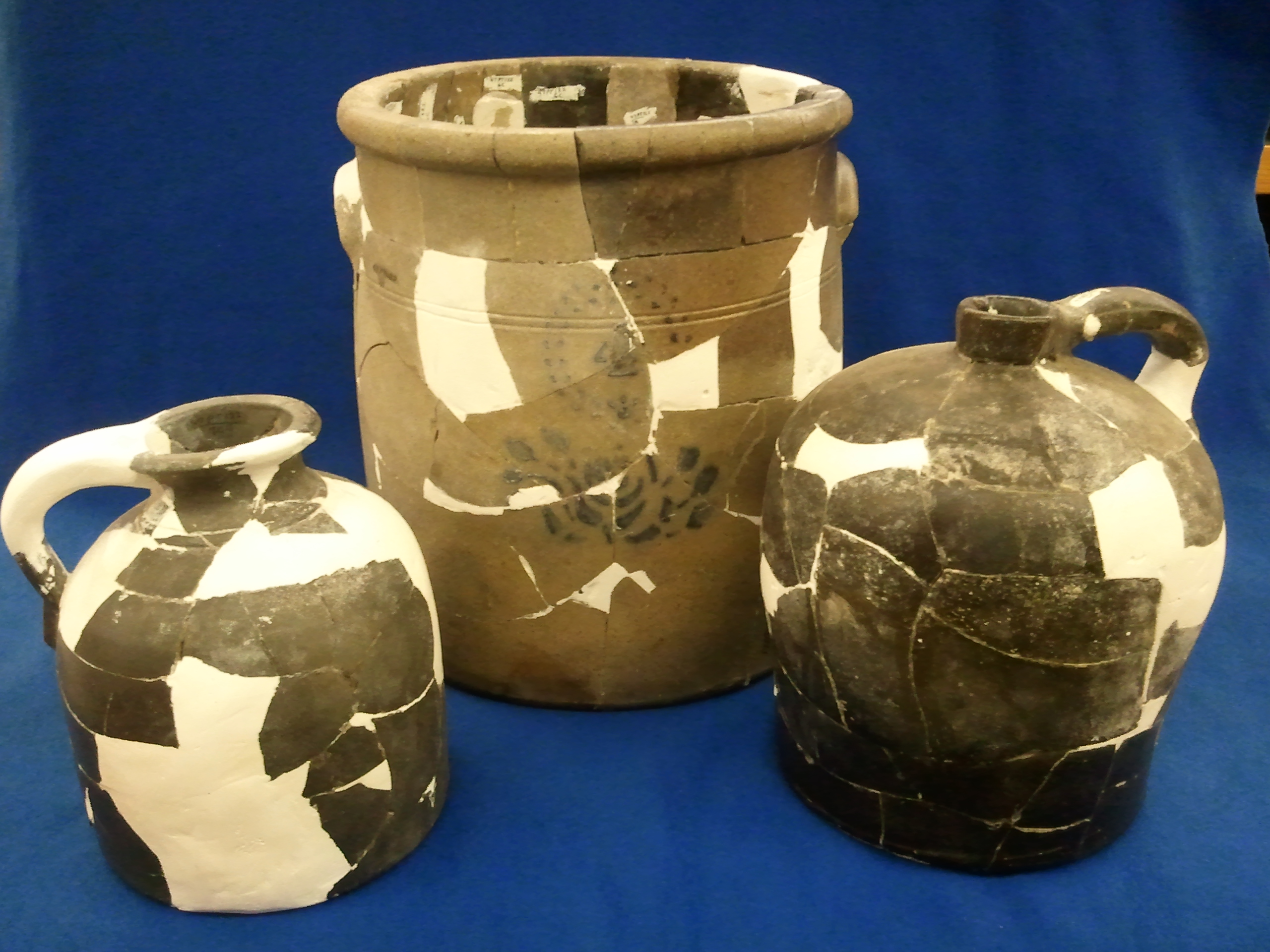Education Programs Grades 1-3
Education Programs take your group on a 50-minute, guided adventure of a specific subject area. These hands-on, interactive experiences incorporate objects, displays and exhibits that support your classroom course of study and support specific Wisconsin Model Academic Standards.




